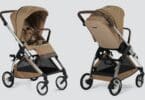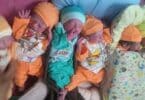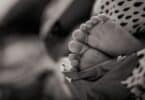When pool season ends, many parents believe the risk of drowning also ends, but data from the U.S. Consumer Product Safety Commission (CPSC) released today indicates 311 reported non-pool drownings from 2002 through 2004 of children younger than five years of age. More than 80 percent of these deaths involved children younger than two years old. The pattern is much different than that observed in pool-related incidents where children younger than two accounted for 38 percent of deaths (involving children younger than five).
Bathtubs were involved in most (71 percent) of the non-pool drowning deaths from 2002-2004. Many of these incidents involved caregivers leaving the room to answer the phone/door or to retrieve an item. In some incidents, an older sibling was left to watch a younger sibling.
“Infants and toddlers need particularly close supervision,” said CPSC Acting Chairman Nancy Nord. “Drowning can occur within seconds in only inches of water, so parents need think of, not just the pool, but any water anywhere as dangerous.”
CPSC recommends parents and caregivers follow these safety tips when children are around bathtubs, spas, buckets, or decorative ponds or fountains:
- Never leave young children alone near any water. Young children can drown in even small amounts of water.
- Always keep a young child within arm’s reach in a bathtub. Never leave to answer the phone, answer the door, get a towel or for any other reason. If you must leave, take the child with you.
- Don’t leave a baby or toddler in a bathtub under the care of another young child.
- Never leave a bucket containing even a small amount of liquid unattended. Toddlers can fall headfirst into buckets and drown. After using a bucket, always empty and store it where young children cannot reach it. Buckets left outside can collect rainwater and are a hazard.
- Prevent children from gaining access to spas or hot tubs when not in use; always secure with safety covers and barriers.
- Learn CPR (cardiopulmonary resuscitation). It can be a lifesaver when seconds count.






